Traditional Indian Clothing
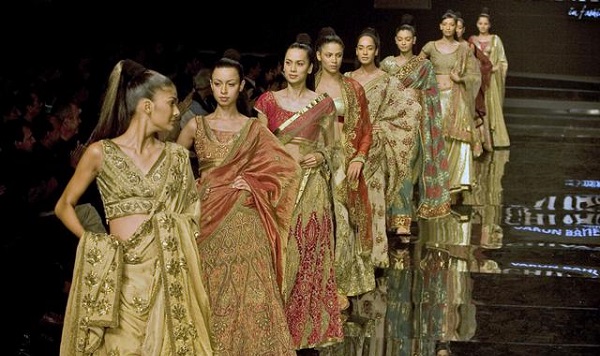
Traditional Indian clothing has had an effect in the modern fashion industry by styling and designing Indian clothing of the bygone eras, the period of royalty when Maharajas and Rani’s used to spend extravagantly on their clothing. Whatever the royals chose to go in for was reminiscent of splendor and luxury. The creative fashion designers of today are in a lookout for ethnic designs that take us closer to our cultural roots and remind us of the glorious past. Well, in this section, we will provide you with information on the different kinds of traditional clothing in India like saris (women), kurta (men), dhoti (men), salwar kameez (women), turban (men), sherwani (men). Here is information on different kinds of traditional clothing in India.
For Women:
Indian Sari
A saree or sari is a female garment in the Indian subcontinent. A sari is a strip of unstitched cloth, ranging from four to nine meters in length, that is draped over the body in various styles. These include Sambalpuri Saree from East, Mysore silk and Ilkal of Karnataka and, Kanchipuram of Tamil Nadu from South, Paithani from West and Banarasi from North among others. The most common style is for the sari to be wrapped around the waist, with one end then draped over the shoulder baring the midriff.
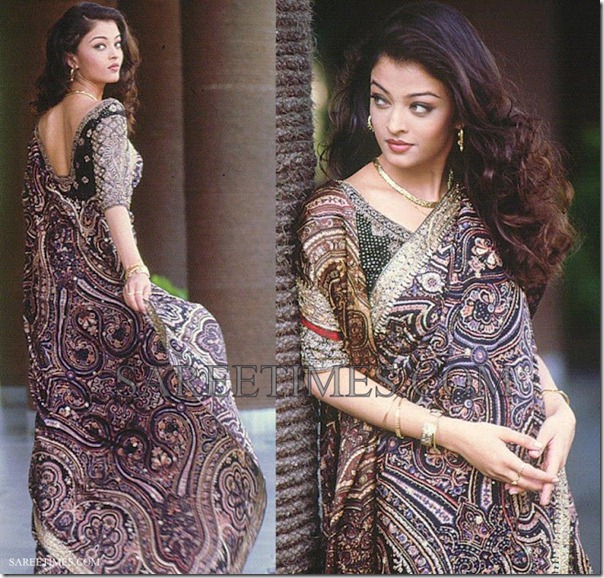
The sari is usually worn over a petticoat. A petticoat is more often referred to as lehnga/ ghagra, whereas in South India, it is known as pavada/pavadai and in Eastern parts of the country, it is popularly called Shaya. Blouse also is known as choli/ravika may be “backless” or of a halter neck style. These are usually more dressy with a lot of embellishments such as mirrors or embroidery and may be worn on special occasions. A beautiful piece of saree worn with matching accessories makes you look elegant.
Indian Salwar Kameez
The salwar is a name for a garment worn in the bottom it is a loose-fit pajama that is quite wide at the top and in comparison pretty narrow at the bottom and Kameez refer to the long tunic worn over it at the top. The salwar kameez is the traditional wear of women in Punjab, Haryana and Himachal Pradesh so is commonly called the Punjabi suit. It is worn with a dupatta or odhani which is used to cover the head and drawn over the bosom. The material for dupatta is usually cotton, georgette, silk, or chiffon.
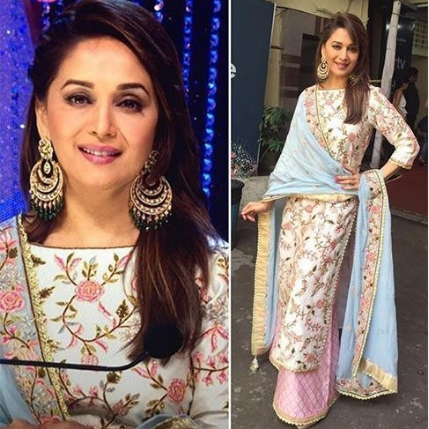
This is a dress worn by every Indian Girl, nowadays there are a lot of variations of the original salwar kameez. It is also common as Anarkali suit where the kameez is frock-style and bottom salwar is slim fitted Churidaar, The latest trend followed in this style is floor-length frock suit. These classic floor-length Anarkali suits have been a present trend in India. Nowadays fashion designers have been too creative the have made a Pant style Anarkali suit. These kameez is usually slit at the sides in order to flaunt their taupe pants.
Lehenga Choli
Indian Lehenga Choli is a traditional dress worn at weddings, party and for bridal occasions worn by the bride. The Indian Lehenga Choli consists of 3 parts the choli, skirt, and dupatta. Different styles of ghagra cholis are worn by the women, ranging from a simple cotton lehenga choli as daily wear, a traditional ghagra with mirrors embellished usually worn during Navratri for the Garba dance, or a fully embroidered lehenga worn during marriage ceremonies by the bride.
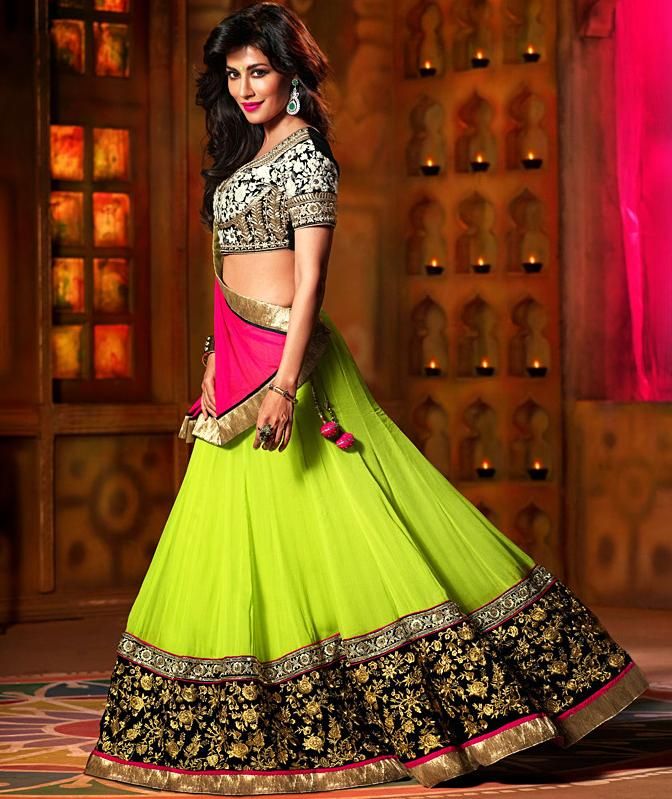
For Men:
Kurta
Kurta is a term used to refer to a long loose shirt, the length of which falls below or maybe just above the knees of the wearer. In the olden times, it was primarily worn by men, but today, it has become a unisex dress that both men and women can wear.
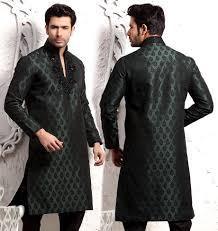
The kurta is traditionally worn in Pakistan, Bangladesh, and India, and is also popular in Nepal and Sri Lanka. The kurta is worn with a dhoti, pajama, shalwar, lungi or jeans.
Dhoti
A dhoti is from four to six feet long white or color strip of cotton. This traditional attire is mainly worn by men in villages. It is held in place by a style of wrapping and sometimes with the help of a belt, ornamental and embroidered or a flat and simple one, around the waist.
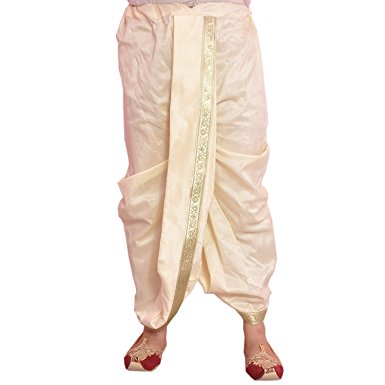
In India men also wear long, white sarong-like sheets of cloth known as Mundu. It’s called dhotar in Marathi. In the north and central Indian languages like Hindi, and Odia, these are called Mundu, while in Telugu they are called Pancha, in Tamil they are called veshti and in Kannada, it is called Panche/Lungi.
Men Sherwani / Achkan
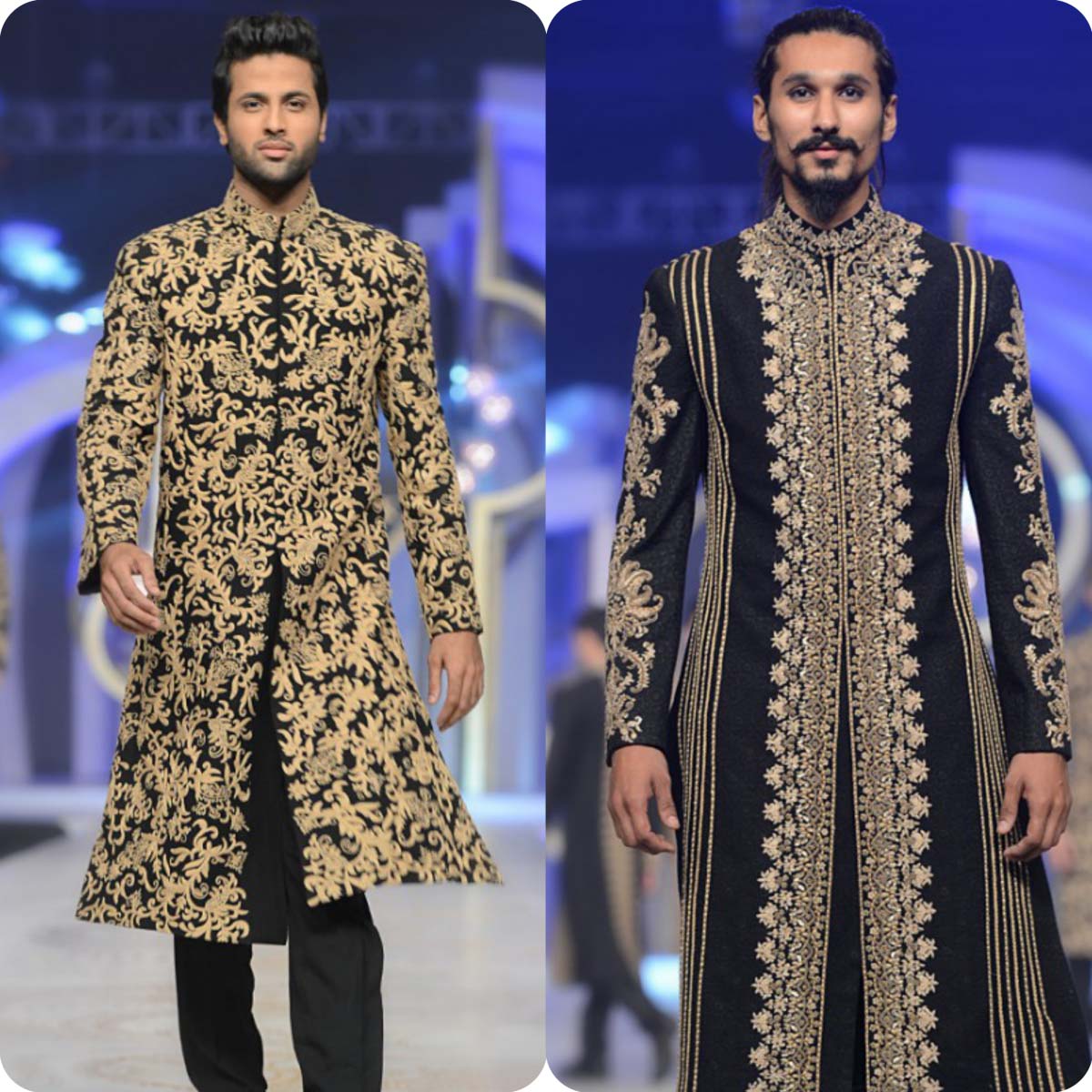
An Achkan or a Sherwani is a long coat/jacket that usually sports exposed buttons through the length of the jacket. The length is usually just below the knees and the jacket ends just below the knee. The jacket has a Nehru collar, which is a collar that stands up. The Achkan is worn with tight-fitting pants or trousers called churidars. Churidars are trousers that are loose around the hips and thighs but are tight and gathered around the ankle.
Headgear
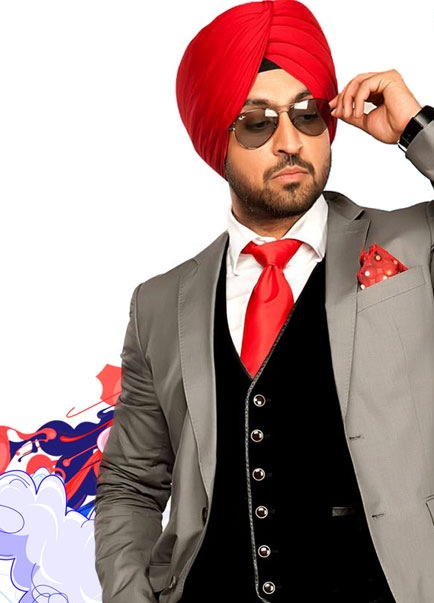
The Indian turban or the pagri is worn in many regions in the country, incorporating various styles and designs depending on the place. Other types of headgear such as the Taqiyah and Gandhi cap are worn by different communities within the country to signify a common ideology or interest. It can be a Dastar worn by the Sikh community of India, Pheta which is the Marathi name for turbans worn in the state of Maharashtra, Mysore Peta, Rajasthani Safa, or Gandhi cap.
Suggested Read: Ethnic Kurta For Men
